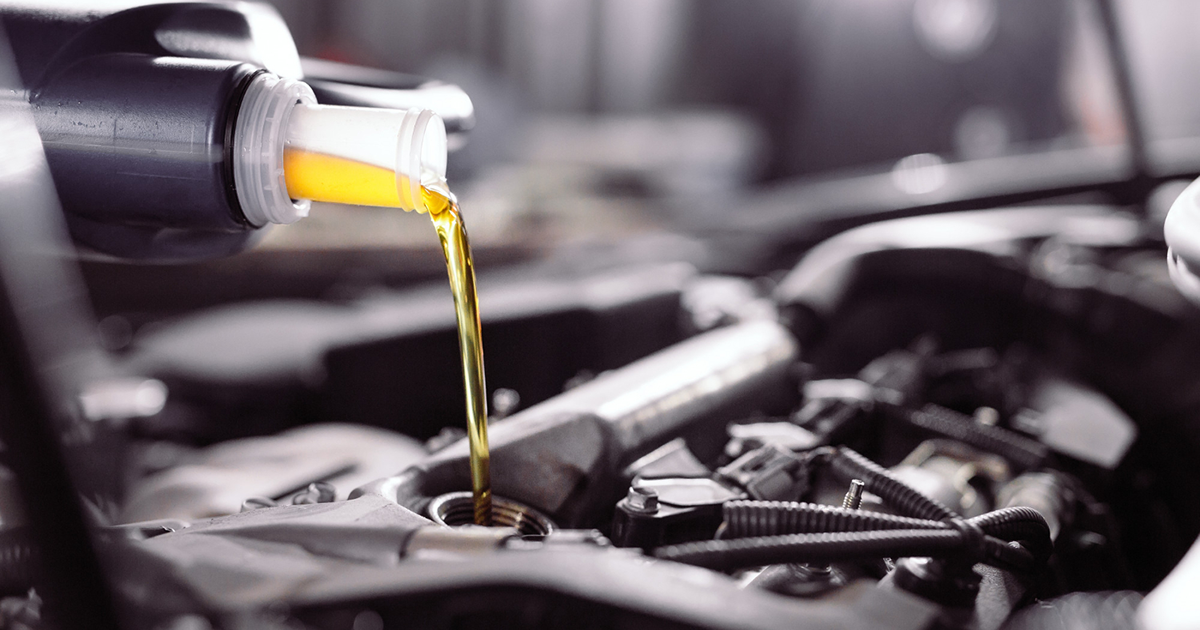
A regular service is necessary for a car to maintain its optimal performance.
Introduction Every car owner knows that maintaining their vehicle is crucial, but how often do we really think about the importance of regular service? A […]

Introduction Every car owner knows that maintaining their vehicle is crucial, but how often do we really think about the importance of regular service? A […]

Every vehicle owner knows that maintaining their car is crucial for its longevity and performance. One of the most vital aspects of this upkeep? Regular […]

When it comes to driving, safety should always be a top priority. But what happens when accidents occur? That’s where auto insurance steps in as […]

Introduction to the truck driving industry Are you looking for a career that offers adventure, independence, and the chance to see the open road? The […]

As the leaves turn and temperatures drop, winter is just around the corner. For many drivers, this season brings a host of challenges on the […]
Copyright © 2025 | WordPress Theme by MH Themes